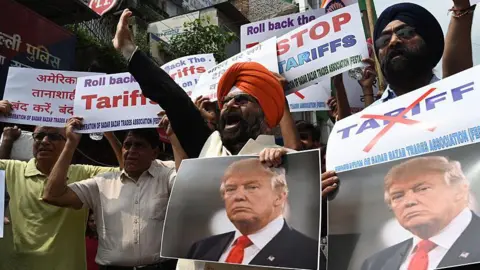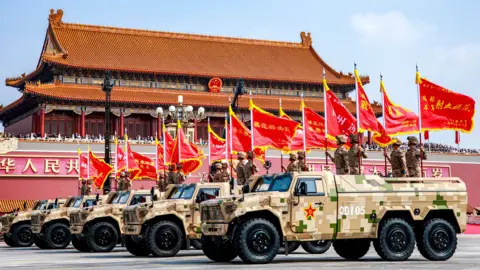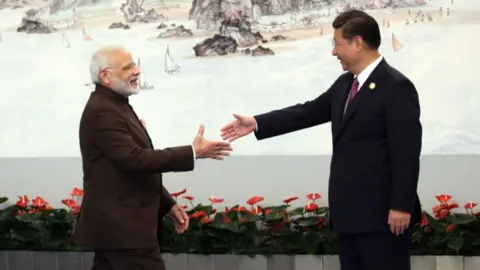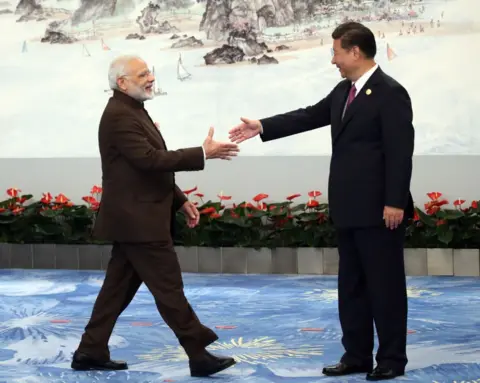Apple is bracing for a staggering $900 million hit this quarter due to tariffs on goods entering the US. This forecast comes in the wake of President Donald Trump's tariff strategy, which, while sparing certain electronics, is still causing widespread confusion among tech companies. Apple is responding by relocating the manufacturing of iPhones intended for the American market from China—facing the highest tariffs—to India, where it now projects that the majority of its iPhones sold in the US will originate.
Despite the looming tariffs, Apple’s sales remain buoyant, reporting a 5% increase in revenue this quarter, reaching $95.4 billion. In parallel, Amazon has also shown resilience, with an 8% year-on-year rise in its North American e-commerce segment. Amazon's CEO, Andy Jassy, expressed optimism about the company’s ability to navigate through such turbulent periods, citing past recovery from challenges like the pandemic.
Apple's CEO, Tim Cook, emphasized the company's commitment to investing $500 billion in America over the next four years, but the immediate supply chain adjustments benefit India and Vietnam more than the US. By the end of June, most iPhones for the US market should be produced in India, alongside a shift to Vietnam for nearly all iPads, Macs, and other products under Apple's umbrella. This transition marks a significant turning point from Cook’s previous assertions that China was indispensable for iPhone production.
Meanwhile, Amazon is adapting strategically to minimize tariff repercussions, maintaining a diverse seller base to ensure stability in its operations. Currently, both companies report that their sales have not been negatively impacted by the tariff-related disruptions, with customers even stockpiling goods in anticipation of future price increases. Overall, this quarter, Amazon's total sales surged 9% to $155.7 billion, alongside a remarkable profit jump of over 60% to about $17 billion.
Despite the looming tariffs, Apple’s sales remain buoyant, reporting a 5% increase in revenue this quarter, reaching $95.4 billion. In parallel, Amazon has also shown resilience, with an 8% year-on-year rise in its North American e-commerce segment. Amazon's CEO, Andy Jassy, expressed optimism about the company’s ability to navigate through such turbulent periods, citing past recovery from challenges like the pandemic.
Apple's CEO, Tim Cook, emphasized the company's commitment to investing $500 billion in America over the next four years, but the immediate supply chain adjustments benefit India and Vietnam more than the US. By the end of June, most iPhones for the US market should be produced in India, alongside a shift to Vietnam for nearly all iPads, Macs, and other products under Apple's umbrella. This transition marks a significant turning point from Cook’s previous assertions that China was indispensable for iPhone production.
Meanwhile, Amazon is adapting strategically to minimize tariff repercussions, maintaining a diverse seller base to ensure stability in its operations. Currently, both companies report that their sales have not been negatively impacted by the tariff-related disruptions, with customers even stockpiling goods in anticipation of future price increases. Overall, this quarter, Amazon's total sales surged 9% to $155.7 billion, alongside a remarkable profit jump of over 60% to about $17 billion.






















